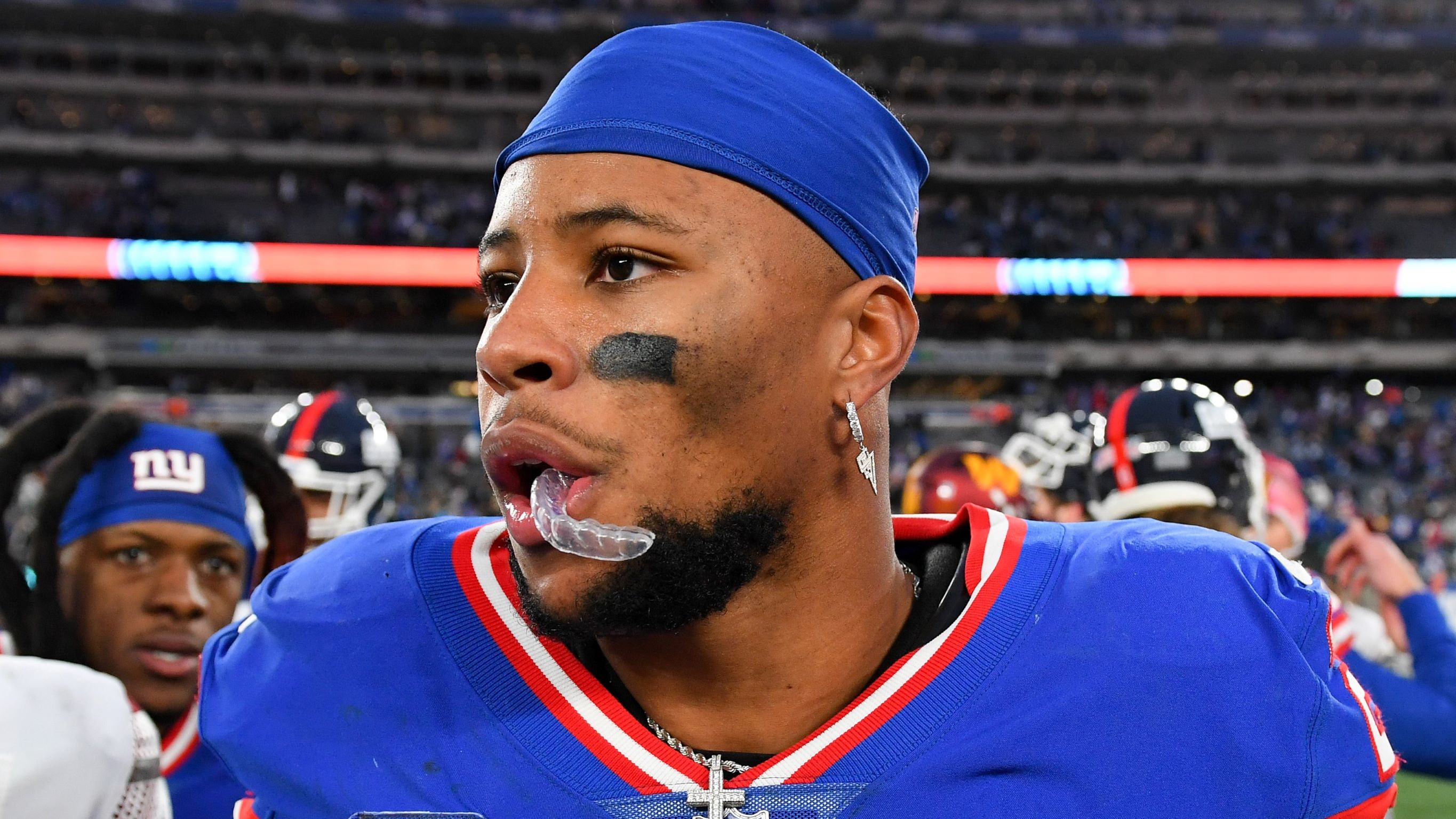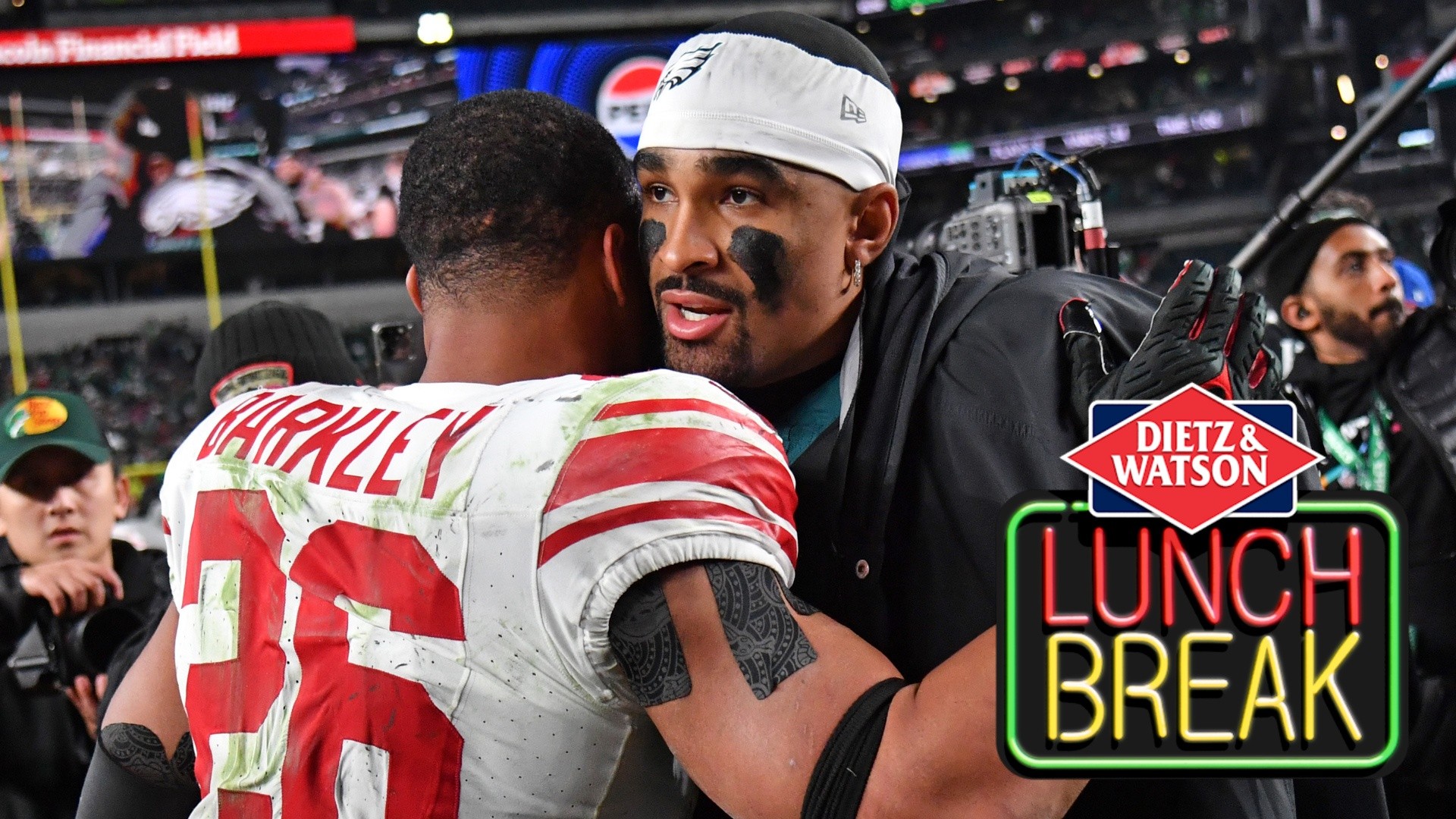Most all-time Eagles free agency lists include the same names.
Troy Vincent. Malcolm Jenkins. Jon Runyan. Asante Samuel. Ricky Watters. Irving Fryar. Brandon Brooks.
This is a different kind of list.
Stay in the game with the latest updates on your beloved Philadelphia sports teams! Sign up here for our All Access Daily newsletter.
Those were all big-money, high-profile, blockbuster signings. The best free agents in Eagles history.
With 2022 free agency set to begin at noon Monday with the legal tampering period, we wanted to do something different.
So here is our list of the top 10 under-the-radar free agent signings in Eagles history. Most of these moves didn’t even get their own headline, most of these players got minimum-wage deals or close to it, but all turned out to be key acquisitions.
No big contracts here. No huge signing bonuses. Just 10 solid players who were part of Eagles playoff teams (but not all as players).
NFL
LB James Willis, Nov. 2, 1995: Willis was so under-the-radar that when the Eagles signed him to a minimum-wage contract in the middle of the 1995 season it didn’t even warrant a full story in the newspaper. Willis was 23 and had spent two years with the Packers as a special teamer but was out of football the first couple months of 1995 and started out with the Eagles on the practice squad. But he wound up becoming a three-year starter at middle linebacker, played on a couple playoff teams and turned in the historic game-winning end zone interception off Troy Aikman in 1996 that after a lateral to Troy Vincent turned into what was then an NFL-record 104-yard interception return.
READ: Kelce announces his return in a way only he could
PK David Akers, Jan. 12, 1999: Has to be one of the lowest-key signings ever of a future six-time Pro Bowler. Akers had bounced around with the Falcons, Panthers and Washington in 1997 and 1998 and even got into one game with Washington in 1998 before he was released on Sept. 22. Because he wasn’t on a roster at the end of 1998, the Eagles were able to sign Akers to a minimum-wage deal before free agency began and after a year as a kickoff specialist he embarked on an 11-year stretch in which he scored an NFL-high 1,312 points, a franchise record. He retired with 1,721 points, then 11th-most in NFL history.
Raleigh McKenzie, March 28, 1995: McKenzie was already a 10-year veteran and 32 years old when the Eagles signed him as a versatile interior offensive lineman. McKenzie signed for a modest $2.4 million over two years with a $700,000 signing bonus. McKenzie was never an elite talent – he played 16 years and never made a Pro Bowl – but he started every game in the 1995 and 1996 playoff seasons, providing veteran leadership and solid play at center.
Juqua Thomas, Aug. 10, 2005: This was one of those signings that barely moved the needle during training camp. Thomas was 27 and had never started a game in four years for the Titans. But with Hugh Douglas getting old, N.D. Kalu hurt, Jerome McDougle recovering from gunshot wounds suffered in a carjacking and Jamaal Green dealing with a foot injury, the Eagles needed camp bodies at defensive end, and they gave Thomas a one-year, minimum-wage $585,000 deal with no bonus. He wound up as a starter on the 2008, 2009 and 2010 playoff teams and recorded 31 ½ sacks (15th-most in Eagles history) over seven years with the Eagles along with three TD returns.
Paul Grasmanis, March 3, 2000: To give you an idea how big a deal the Grasmanis signing was, the AP story read: “The Philadelphia Eagles signed defensive tackle Paul Grasmanis and linebacker Dan Brandenburg to one-year contracts Friday.” Nothing against Dan Brandenburg, but ... who? When you don’t even get your own paragraph, that's a minor move. But Grasmanis, a 5th-year veteran, became a really solid rotational defensive tackle on some very good Jim Johnson defenses during his six years with the Eagles. He was solid against the run and even picked up 10 ½ sacks along the way.
Dorsey Levens, July 12, 2002: After his 1,435-yard Pro Bowl season during the Packers’ Super Bowl-championship 1997 season, Levens’ production steadily decreased and by the end of his tenure in Green Bay he was an afterthought, a deep backup to Ahman Green. In fact, from 1998 through 2001, Levens’ last four years with the Packers, he averaged just 3.5 yards per carry. The Packers released Levens in February of 2002, and he was out of work until the Eagles – desperate for RB depth behind Duce Staley after Correll Buckhalter tore his ACL – signed him to a one-year, minimum-wage deal. All Levens did in 2002 was rush for 411 yards with a 5.5 average – tied with Clinton Portis for highest among NFL running backs – and catch 19 passes for 12-4 Eagles. After spending 2003 with the Giants, he finished his career with the Eagles during the 2004 Super Bowl season, rushing for another 410 yards and a 4.4 average. His 4.9 average is 4th-highest by a RB in Eagles history.
Evan Mathis, July 30, 2011: Mathis will show up on all the lists of the best free agent signings in Eagles history, and deservedly so. But when the Eagles signed him at the end of the 2011 lockout, Mathis was simply a low-budget depth move lost in the middle of the Dream Team signing frenzy. Mathis signed a one-year deal with the Eagles worth $735,000, including a whopping $50,000 signing bonus. Mathis had started just 22 games in his first six seasons with the Panthers, Dolphins and Bengals, but he found a home at left guard in Philly and made Pro Bowls in 2013 and 2014 and 1st-team all-pro in 2014. The only guards in Eagles history to make more Pro Bowls are Bucko Kilroy and Brandon Brooks.
Subscribe to the Eagle Eye podcast
Apple Podcasts | Google Play | Spotify | Stitcher | Art19 | Watch on YouTube
Mike Zordich, June 28, 1994: Zordich had been mainly a special teamer and spot starter in his first seven seasons with the Jets and Cards when the Eagles, looking for special teams help and veteran safety depth, signed him to a two-year deal worth $800,000 with no bonus. But when Mike Reid, a 3rd-round pick in 1993, didn’t pan out, Zordich became a starter and wound up starting 82 of 83 games over the next five years and was a solid member of those 1995 and 1996 playoff defenses. His 12 interceptions from 1994 through 1998 were 2nd-most on the team, behind linebacker William Thomas’s 14. Zordich retired after the 1998 season but returned to the Eagles in 2010 and spent three years as an assistant coach under Andy Reid (who he never played for).
Stefen Wisniewski, April 3, 2016: Like so many of these guys, Wisniewski was seen as a depth piece when the Eagles signed him a few weeks into free agency. The Eagles were his third team in three years, and his contract – one year, $1.51 million including a $750,000 signing bonus – made him the 70th-highest-paid interior lineman in the league. But after starting the season on the bench, Wiz took over for injured left guard Allen Barbre midway through 2016, eventually earning a three-year contract extension. And four games into 2017, he replaced Isaac Seumalo at left guard and remained there throughout the Super Bowl run. He wound up spending three years here before winning another Super Bowl with the Chiefs in 2019.
Doug Pederson, Feb. 17, 1999: Under-the-radar? Maybe not today, but 22 years ago, this is how Phil Sheridan opened his story in the Inquirer when the Eagles signed Pederson just five weeks after Andy Reid was named head coach: “Andy Reid set the tone for his tenure as Eagles head coach yesterday, introducing Doug Pederson as his starting quarterback. Doug who? If that’s the first question on the lips of Eagles fans, it’s understandable.” Pederson, then 31, had never started an NFL game and had thrown only 32 passes in his six-year career. He wound up going 2-7 with 7 TD passes and a 62.9 passer rating in his one year with the Eagles, but he did build a relationship with owner Jeff Lurie, one that 17 years later led to him becoming head coach of the Eagles and winning a Super Bowl in Year 2. If Reid hadn’t signed Pederson to a three-year, $4.6 million contract in 1999 there’s a fair chance Pederson never would have become the Eagles' head coach in 2016, and 2017 would never have happened.


